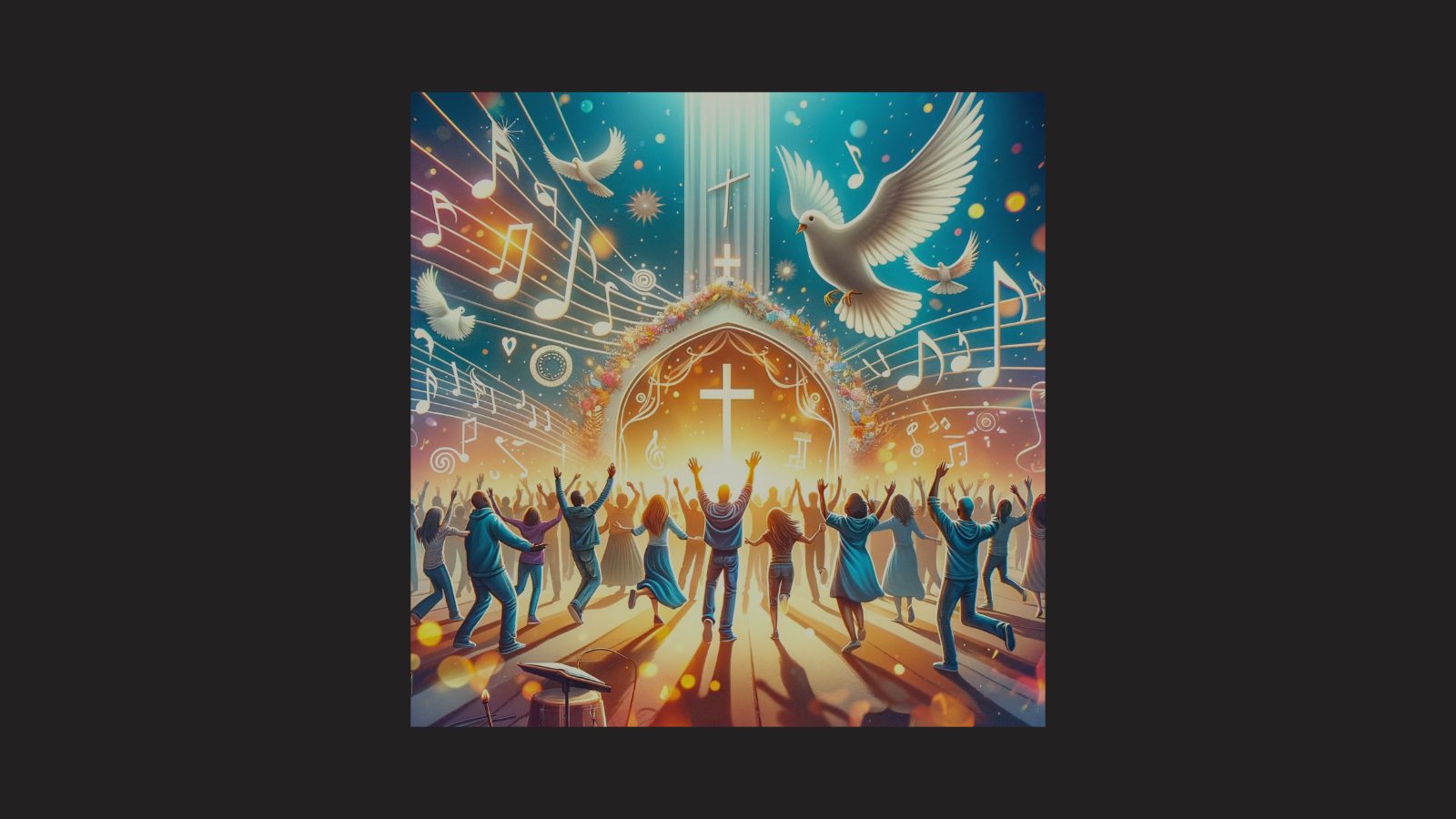Psalm 149:3 – Let them praise His name with dancing and make music to Him with timbrel and harp.
- In this verse, the psalmist encourages the people to praise God through the act of dancing. It emphasizes the joy and celebration that can be expressed in worshiping God with movement and rhythmic expressions. Dancing in the context of praising God reflects a vibrant and exuberant form of worship, where believers can express their love, gratitude, and adoration for Him. It is a way to engage the body, mind, and spirit in worshipful expression. Dancing is mentioned in several places throughout the Holy Bible, often associated with joyous celebrations and worship. Here are a few key aspects to consider:
- Expressing Joy and Celebration: Dancing is often seen as a physical expression of joy, celebration, and praise. In various instances, such as Miriam leading the Israelites in dancing after crossing the Red Sea (Exodus 15:20) or David dancing before the Ark of the Covenant (2 Samuel 6:14), dancing is portrayed as a way to express exultation and gratitude to God.
- Cultural and Historical Context: It’s important to understand that dancing practices in biblical times were influenced by cultural norms and traditions. Different forms of dance were prevalent in various cultures, and they often had religious or ceremonial significance. Dancing was a common part of festivals, weddings, and other joyful occasions.
- Worship and Spiritual Expression: Dancing can be viewed as a form of worship and spiritual expression. It is an embodiment of wholehearted devotion, where believers engage their bodies and souls in praising God. It can serve as a way to connect with God on a deeper level, expressing emotions and feelings through movement.
- Personal and Corporate Worship: Dancing can be both an individual and communal act of worship. Individuals may engage in personal expressions of dance as a means of connecting with God, while in a corporate setting, dancing together as a congregation can foster unity, joy, and a sense of shared worship.
- Balance and Reverence: While dancing is celebrated in certain contexts, it’s important to maintain a balance and reverence in worship. The Bible encourages worship that is done in “spirit and truth” (John 4:24), emphasizing the sincerity and authenticity of our worship. It’s essential to approach dancing in a manner that is respectful, honoring God, and in line with biblical principles.
- Overall, it can be a powerful expression of gratitude and devotion to God, both individually and collectively. As with any form of worship, the focus should be on honoring God and seeking a genuine connection with Him.
King David Danced Out of His Clothes
The story is found in 2 Samuel 6. After years of warfare, David finally brings the Ark of the Covenant to Jerusalem. When the Ark is brought into the city, David dances ecstatically before the Lord, “leaping and whirling” in celebration.
The biblical text states that “David danced before the Lord with all his might” and that “David was wearing a linen ephod” (a type of outer garment). However, in his unbridled joy and worship, David ended up “dancing before the Lord…uncovered” – implying that in his wild dancing, he had somehow removed or dislodged his outer robe or clothes.
This caused some controversy, as David’s wife Michal criticized him for “uncovering himself” in an undignified manner in front of the female servants. But David defended his actions, saying he was worshipping the Lord with all his heart.
The passage highlights David’s passionate, unrestrained worship in the presence of God, even to the point of temporarily disrobing. It demonstrates the depth of his devotion and joy in celebrating God’s presence and power.
